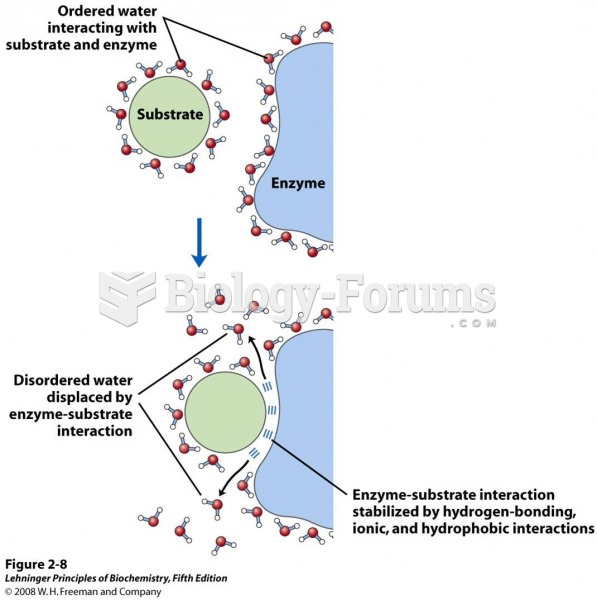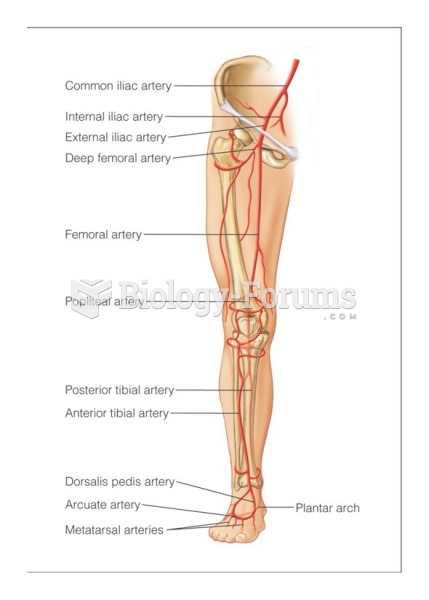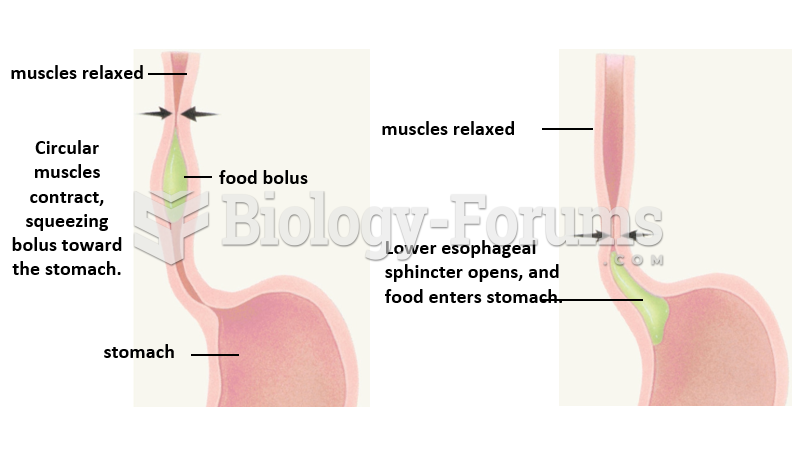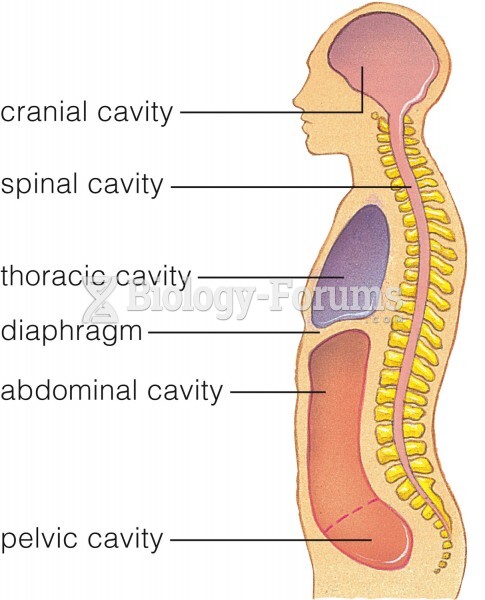Answer to Question 1
Answer: Charge separation: Laboratory experiments with artificial clouds and numerical calculations suggest that electrification results from collisions between ice crystals and graupel surrounded by cloud droplets. Charges are likely transferred across thin films of water present on ice crystals and soft hail. In addition, in a cloud, when an ice crystal and soft hail collide, some of the liquid-water molecules on the hailstone's surface migrate to the ice. A transfer of positive charge usually accompanies the movement of water from the hailstone to the crystal or, equivalently, a negative charge is transferred from the crystal to the hailstone. In this way ice crystals surrender negative ions to the much larger hailstones, which then fall downward toward the cloud base. Stepped leader: After charge separation is established in a cloud, the first step in the formation of lightning is the development of a stepped leader. The leader approaches the surface as a very rapid sequence of steps until contact is made with an object at the ground. The flow of electricity produces the lightning stroke. Return stroke: When the leader approaches the ground, a spark surges upward from the ground toward the leader. When the leader and the spark connect, they create a pathway for the flow of electrons that initiates the first in a sequence of brightly illuminated return strokes. Dart leader: The electrical discharge of the first stroke neutralizes some, but not all, of the negatively charged ions near the base of the cloud. As a result, another leader, the dart leader, forms within about a tenth of a second, and a subsequent stroke emerges from it.
Answer to Question 2
Answer: Ball lightning: Ball lightning appears as a round, glowing mass of electrified air, up to the size of a basketball, that seems to roll through the air or along a surface for 15 seconds or so before either dissipating or exploding. St. Elmo's fire: Ionization in the airoften just before the formation of cloud-to-ground lightningcan cause tall objects such as church steeples or ships' masts to glow as they emit a continuous barrage of sparks. This often produces a blue-green tint to the air, accompanied by a hissing sound. Sprites: Sprites are very large but short-lived electrical bursts that rise from cloud tops as lightning occurs below. Blue jets: Blue jets are upward-moving electrical ejections from the tops of the most active regions of thunderstorms.







